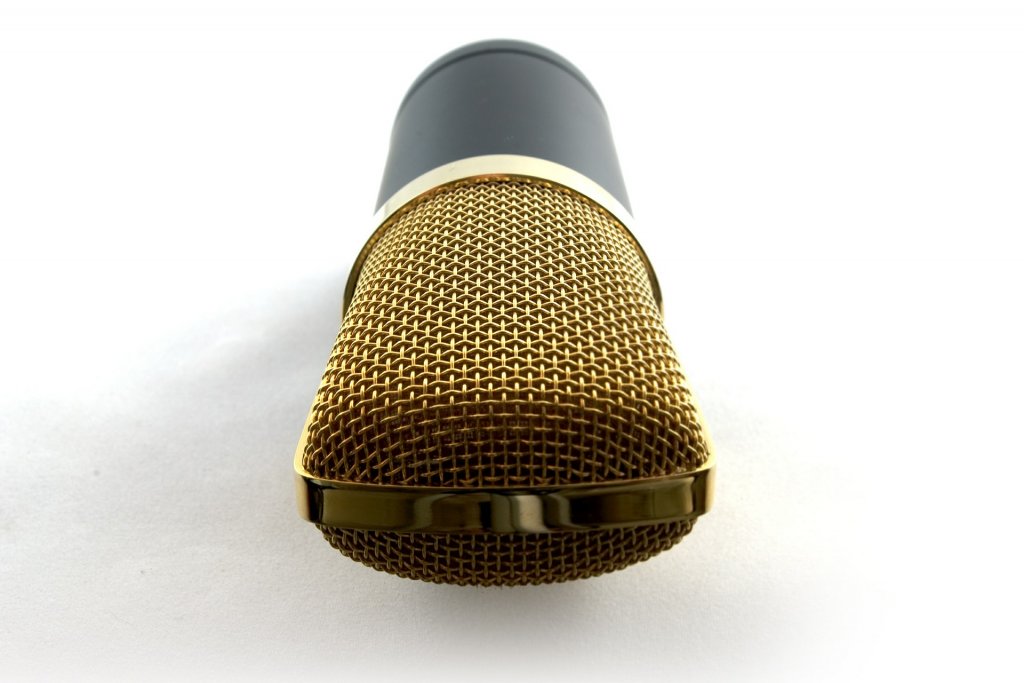The Wired Audiologist
The Wired Audiologist
Peter Stelmacovich, MCl Sc, is a hard of hearing audiologist who works for a Canadian manufacturer. In Peter’s column, The Wired Audiologist, he discusses many of the issues that affect him personally as both a hard of hearing consumer and an audiologist.
 In my last column, I discussed candidacy for wireless microphones. To summarize, I argued that the number of candidates for additional wireless microphones is far greater than most audiologists realize. The potential candidates for a wireless microphone include:
In my last column, I discussed candidacy for wireless microphones. To summarize, I argued that the number of candidates for additional wireless microphones is far greater than most audiologists realize. The potential candidates for a wireless microphone include:
- Clients with severe losses.
- Clients with hearing loss who frequently need to hear speech in the far field (greater than 2 meters).
- Clients who perform poorly on a speech perception in noise test.
The next thing we need to do is to counsel the patient about wireless microphones, when to use them and how to get the best results for a given situation. As such, I am going to share with you the strategies I employ for challenging listening situations. These are the strategies that should be used by anyone who is a candidate for the additional signal to noise ratio boost that a wireless microphone provides.

Let’s start with dining in a restaurant. This situation is challenging because the signal to noise ratios (SNR) in restaurants are at best 0 dB, or more likely −10 dB. Given that people with severe losses and greater need an SNR of at least 15, we need a technology that can deliver SNR improvements of 15–25 dB.
Most people would think that a directional microphone in a hearing aid or a cochlear implant for a patient with a severe loss would be sufficient. However, a conventional hearing aid directional microphone provides an SNR improvement of only 4–5 dB. This does not meet the criteria of a minimum of a 15 dB SNR improvement. Binaural directional microphones offered by some hearing aid manufacturers, often perform better in noise providing 8–9 dB SNR improvement. This is certainly of huge benefit, but for severe loss patients, it is still insufficient.
The only technology that can work in this situation would be a wireless microphone system. However, even within this family of technologies there are variations in performance. Non-adaptive digital wireless microphones such as Bluetooth microphones do not perform nearly as well adaptive digital wireless microphones. I encourage the reader to consult the Jace Wolfe et al article entitled “Evaluation of Performance with an Adaptive Digital Remote Microphone System and a Digital Remote Microphone Audio-Streaming Accessory System” for further details (Am J Audiol 2015;24:440–450. doi:10.1044/2015_AJA-15-0018). Based on both research literature and my personal experiences, the situation of the noisy restaurant will require an adaptive wireless microphone.

Now that we have picked our technology, we need to know how to use it properly. Shall we place a microphone on the table or have our dinner partner wear the microphone? In general, the distance the wireless microphone is from the talker’s mouth is a huge factor on the SNR. The best results are always obtained when the microphone is as close to the talker’s mouth as possible, preferably 6 inches or 15 cm. Remember that every time we double our distance, the talker’s speech will be 4–6 dB quieter, depending on the room acoustics. So if placed on the table we might lose about 18–24 dB of SNR improvement. SNR will also be affected by the type of microphone. Is the wireless microphone omni-directional or directional? The latter of course provides the higher SNR.
So what do I do when I am eating in a restaurant with my lovely wife Kim? She will wear an adaptive digital wireless microphone set to directional mode. The microphone cord is adjusted so that it is about 15 cm from her mouth. I have tried placing an omni-directional microphone on the table in front of her, but that did not yield satisfactory results. The unwanted noise from the rest of the restaurant was entering the wireless microphone as well. I also have had a directional wireless microphone on the table. This has worked occasionally, if the restaurant was not too noisy. But since the SNR is so much better when the microphone is worn, this is the preferred setting. It takes much less effort to listen when the microphone is worn.
What if my wife and I are going out for dinner with another couple? Now I have 3 people I need to hear. Do we put the microphone in the middle of the table? Same problem exists as above; I will hear too much unwanted restaurant noise. Next we can use a directional wireless microphone and point it to each talker as they spoke. I did this for many years, prior to the introduction of wireless microphone systems that can be use multiple microphones. It was a challenge to keep moving the microphone to each talker, but it was the only way I could hear. The alternative was for me to never go out and simply stay at home feeling sorry for myself.
Today, we now have systems that can use multiple wireless microphones simultaneously. This has been a huge game changer for me. So in this example of three talkers, I place a wireless microphone on all three talkers. Once again, my personal experience matches the empirical research. A study conducted by Geert De Ceulaer et al entitled “Speech understanding in noise with the Roger Pen, Naida CI Q70 processor, and integrated Roger 17 receiver in a multi-talker network” (De Ceulaer G, Bestel J, Mülder HE et al. Eur Arch Otorhinolaryngol 2016;273:1107. doi:10.1007/s00405-015-3643-4), clearly shows that a microphone work by each talker yielded substantially improved speech perception in noise compared to no additional wireless microphone or a microphone place in the middle of the table.
In summary, if a client with a severe loss or one who performs poorly on a speech perception in noise test wishes to communicate in a noisy restaurant with one or more talkers, the best and really only solution is one or more adaptive digital wireless microphones worn by each communication partner.

